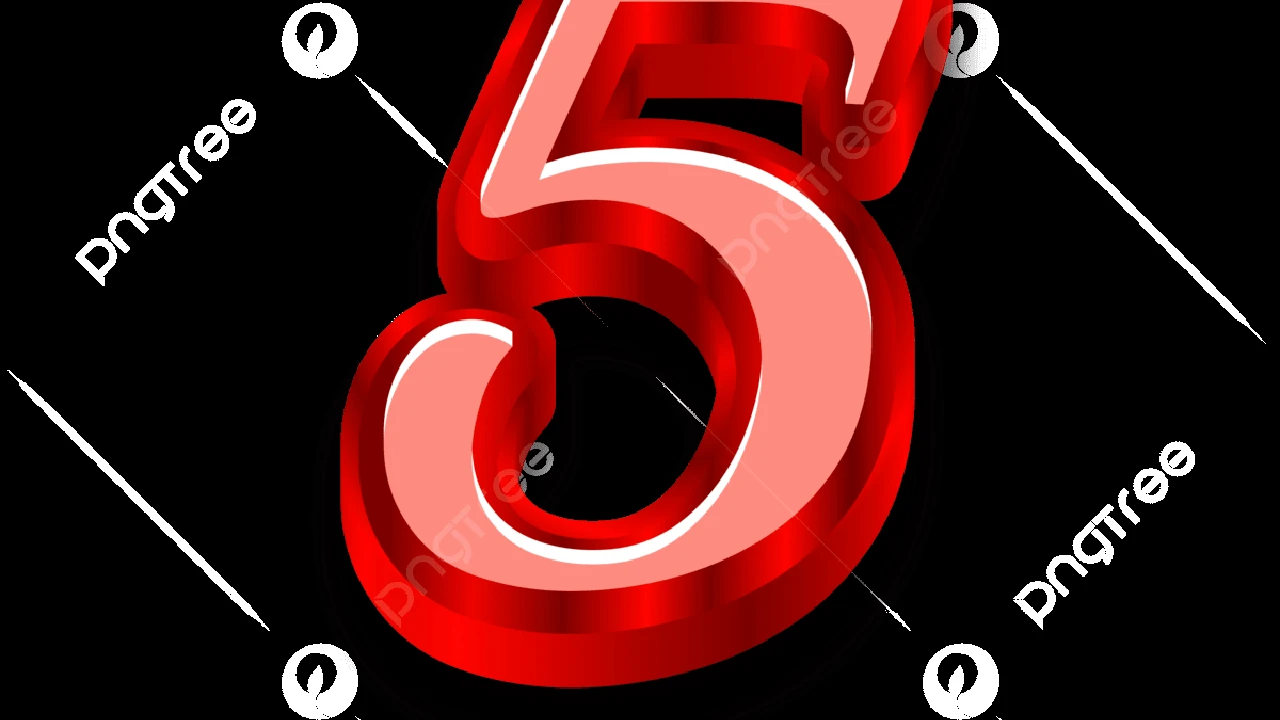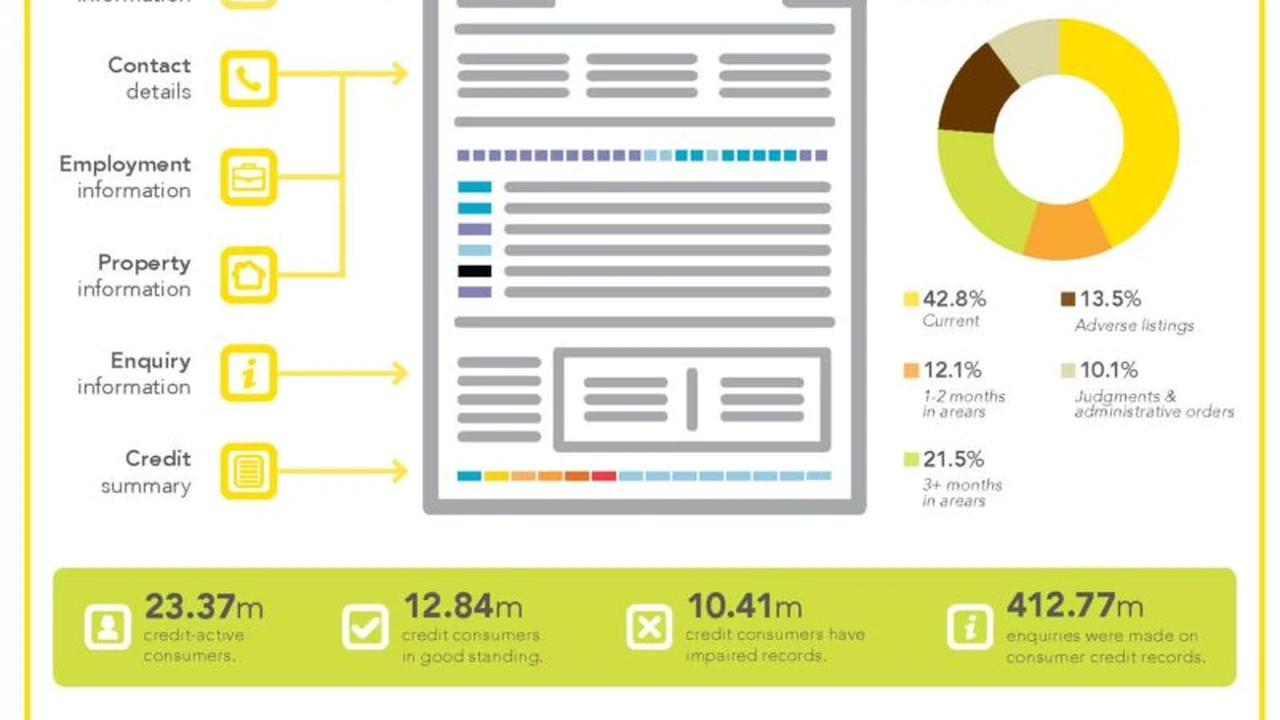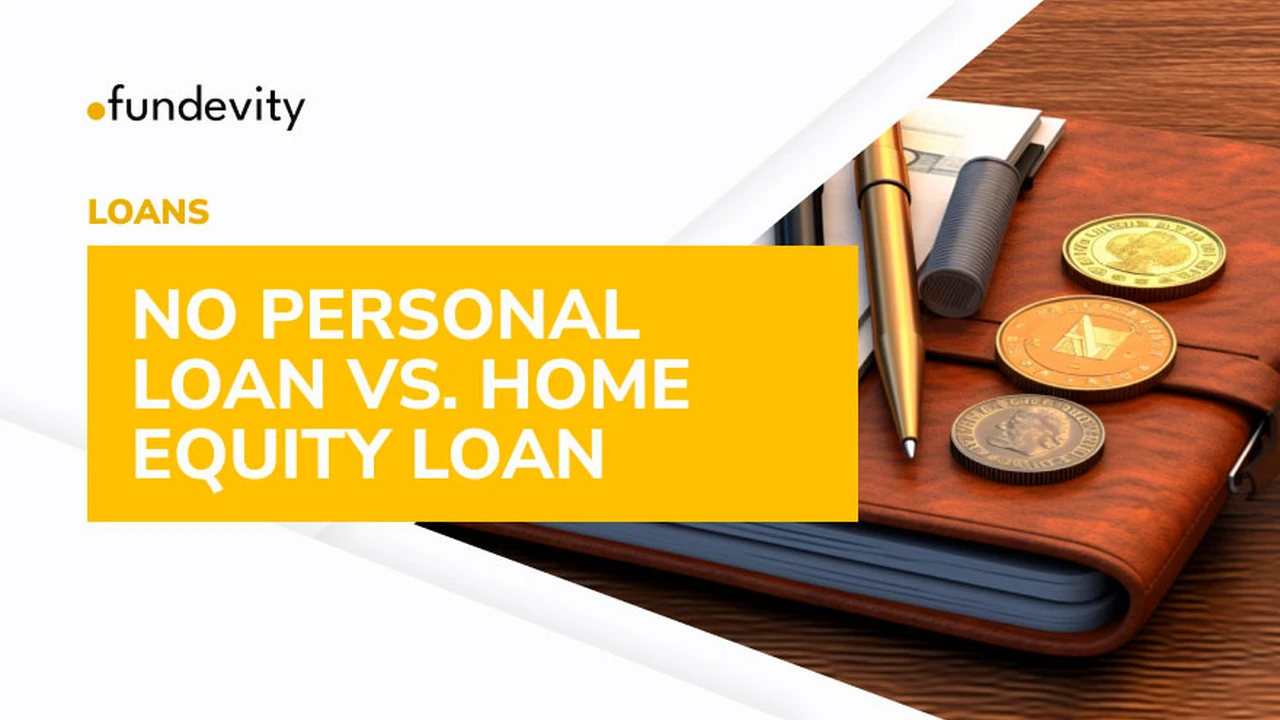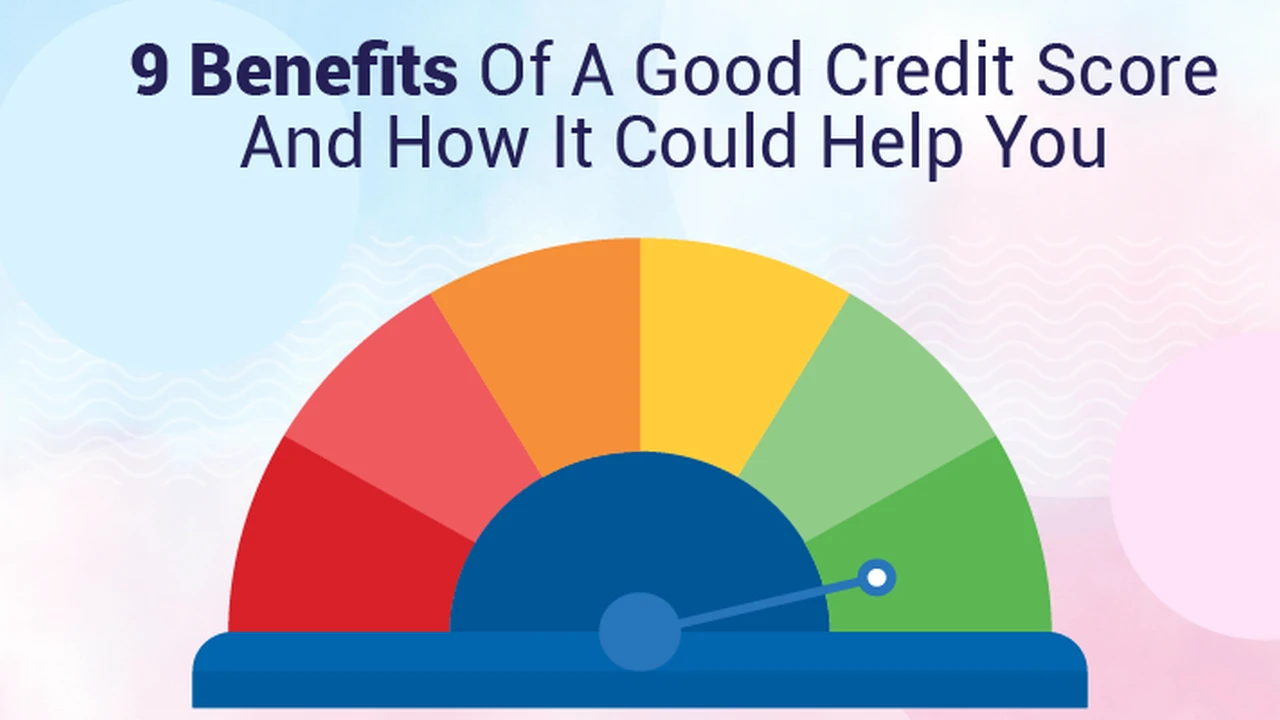3 Key Strategies for Avoiding Future Debt
Follow 3 essential strategies to prevent accumulating new debt and maintain a healthy financial position.
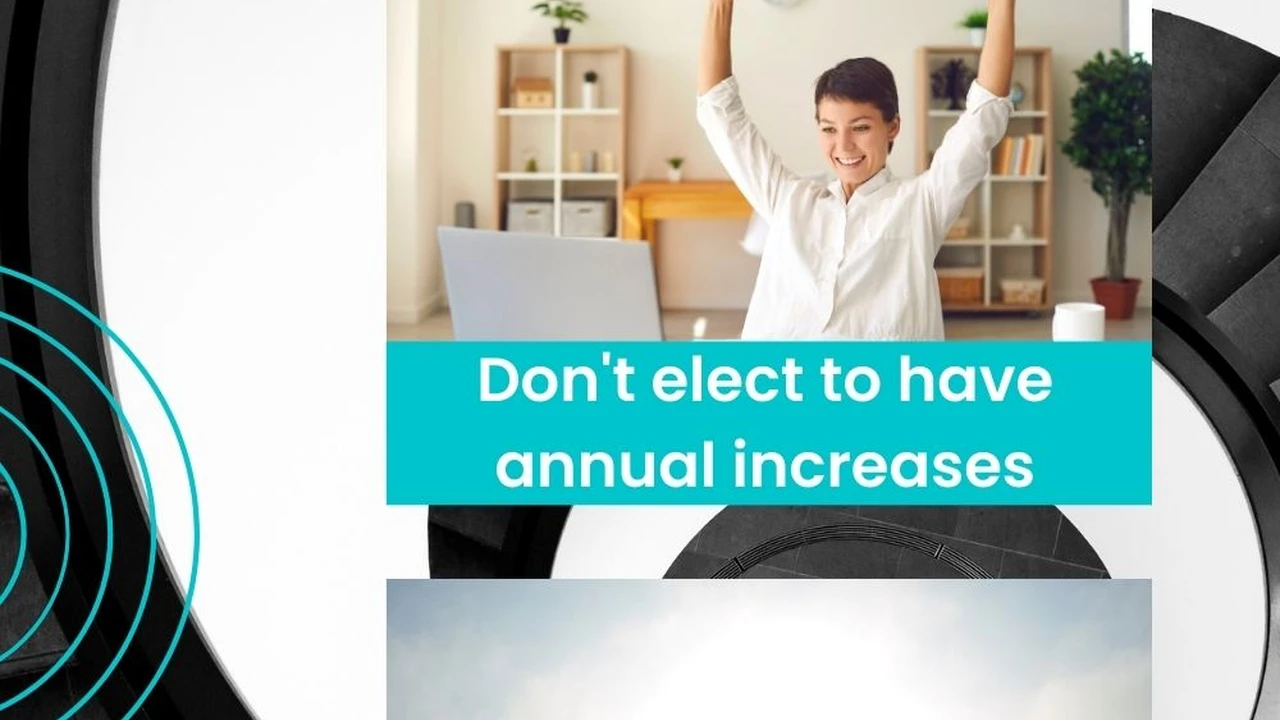
3 Key Strategies for Avoiding Future Debt
Hey there, money-savvy friends! Let's talk about something super important: staying out of debt. It's one thing to get out of debt, but it's a whole different ball game to make sure you don't fall back into that trap. Nobody wants to be constantly battling credit card bills or loan payments, right? So, I'm going to share three essential strategies that can help you build a financial fortress and keep future debt at bay. These aren't just theoretical ideas; they're practical steps you can start taking today to secure your financial future. We'll dive deep into each one, look at some real-world examples, and even check out some tools that can make this journey a whole lot easier. Ready to become a debt-avoiding pro? Let's get into it!
Building a Robust Emergency Fund Your First Line of Defense Against Debt
Think of an emergency fund as your financial superhero. It swoops in to save the day when unexpected expenses pop up, preventing you from reaching for that credit card or taking out a high-interest loan. Life throws curveballs – a car breakdown, a sudden medical bill, or even a job loss. Without an emergency fund, these curveballs can quickly turn into debt disasters. So, how do you build one, and how much should you aim for?
How Much is Enough for Your Emergency Fund
The general rule of thumb is to have 3 to 6 months' worth of essential living expenses saved up. 'Essential living expenses' means rent/mortgage, utilities, groceries, transportation, and any necessary insurance. It doesn't include your daily Starbucks run or that new gadget you've been eyeing. For some, especially those with unstable incomes or dependents, aiming for 6 to 12 months might be even smarter. Start small, even if it's just $500 or $1,000 to begin with. The key is to start and build momentum.
Where to Keep Your Emergency Fund
This money needs to be easily accessible but not too easy to dip into for non-emergencies. A high-yield savings account is usually the best bet. Why high-yield? Because your money can earn a little extra interest while it sits there, ready for action. Here are a few popular options:
- Ally Bank Online Savings Account: Known for competitive interest rates and no monthly fees. It's super easy to set up and manage online. They also offer 24/7 customer service, which is a huge plus.
- Discover Bank Online Savings Account: Another strong contender with good rates and no monthly fees. They also have a solid mobile app for easy access and management.
- Marcus by Goldman Sachs Online Savings Account: Offers consistently high APYs and no fees. It's a straightforward, no-frills option for parking your emergency cash.
- CIT Bank Savings Connect: Often has very competitive rates, especially if you meet certain deposit requirements. It's a good choice for those looking to maximize their interest earnings.
When choosing, compare their current Annual Percentage Yield (APY), minimum deposit requirements, and any potential fees. Most high-yield online savings accounts have no monthly fees, which is what you want.
Tips for Building Your Emergency Fund Faster
- Automate Your Savings: Set up automatic transfers from your checking account to your emergency fund every payday. Treat it like a bill you have to pay.
- Cut Unnecessary Expenses: Go through your budget with a fine-tooth comb. Can you cut back on dining out, subscriptions you don't use, or impulse purchases? Redirect those savings to your emergency fund.
- Boost Your Income: Consider a side hustle, selling unused items, or picking up extra shifts. Every extra dollar can go straight into your fund.
- Windfalls Go to Savings: Tax refunds, bonuses, or unexpected gifts? Resist the urge to splurge and put a significant portion into your emergency fund.
Having a fully funded emergency fund gives you incredible peace of mind. It's the ultimate debt prevention tool because it means you won't be forced to borrow when life throws you a curveball.
Mastering Your Budget and Spending Habits Your Daily Debt Shield
An emergency fund is for the unexpected, but a solid budget is for your everyday financial life. It's your roadmap to understanding where your money goes and making conscious decisions about your spending. Without a budget, it's easy to overspend, leading to a reliance on credit and, you guessed it, debt.
Creating an Effective Budget
There are many budgeting methods, but the core idea is the same: track your income and expenses. Here are a few popular ones:
- The 50/30/20 Rule: 50% of your income for needs (housing, food, transportation), 30% for wants (entertainment, dining out), and 20% for savings and debt repayment. This is a great starting point for many.
- Zero-Based Budgeting: Every dollar has a job. You allocate every single dollar of your income to a specific category (expenses, savings, debt repayment) until your income minus your expenses equals zero. This method gives you incredible control.
- Envelope System: For cash spenders, this involves putting cash into physical envelopes for different spending categories. Once an envelope is empty, you stop spending in that category until the next payday.
Tools to Help You Budget
Gone are the days of just pen and paper (unless that's your jam!). There are fantastic apps and software that make budgeting a breeze:
- You Need A Budget (YNAB): This is a powerful zero-based budgeting app. It's not just about tracking; it's about giving every dollar a job. YNAB has a bit of a learning curve, but users swear by its effectiveness in changing their money habits. It costs around $14.99/month or $99/year after a free trial.
- Mint: A free and popular budgeting app that links to your bank accounts, credit cards, and investments. It automatically categorizes transactions, tracks your spending, and helps you set budget goals. It's great for getting an overview of your finances.
- Personal Capital: While more focused on investment tracking and net worth, Personal Capital also offers free budgeting tools that link to your accounts. It's excellent for a holistic view of your financial health.
- PocketGuard: This app focuses on showing you 'what's left to spend' after bills and savings are accounted for. It's very user-friendly and helps prevent overspending. There's a free version and a Plus version for $7.99/month or $79.99/year.
When choosing a budgeting tool, consider your comfort level with technology, how much detail you want to track, and whether you prefer a free or paid service. The best tool is the one you'll actually use consistently.
Controlling Your Spending Habits
- Track Everything: For a month or two, meticulously track every single dollar you spend. You might be surprised where your money is actually going.
- Identify Spending Triggers: What makes you spend impulsively? Is it stress, boredom, or social pressure? Once you know your triggers, you can develop strategies to avoid them.
- Practice Delayed Gratification: Instead of buying something immediately, wait 24 or 48 hours. Often, the urge to buy will pass.
- Meal Planning: One of the biggest budgetbusters is food. Plan your meals, make a grocery list, and stick to it. This significantly reduces impulse buys and eating out.
- Review Your Subscriptions: Are you paying for streaming services, apps, or gym memberships you rarely use? Cancel them!
Budgeting isn't about deprivation; it's about intentional spending. It empowers you to make choices that align with your financial goals, rather than letting your money just disappear.
Strategic Use of Credit and Avoiding High-Interest Traps Your Smart Debt Management
Not all debt is bad. A mortgage or a student loan can be an investment in your future. The problem arises with high-interest, revolving debt, especially credit card debt. The third strategy is about being incredibly smart with credit, using it to your advantage, and avoiding the pitfalls that lead to spiraling debt.
Understanding Your Credit Score and Report
Your credit score (like FICO or VantageScore) is a three-digit number that tells lenders how risky you are. A higher score means you're more likely to get approved for loans and credit cards with better interest rates. Your credit report details your borrowing history. Regularly checking both is crucial.
- Free Credit Reports: You're entitled to a free credit report from each of the three major bureaus (Equifax, Experian, TransUnion) once a year at www.annualcreditreport.com. Check them for errors that could negatively impact your score.
- Credit Monitoring Apps: Many apps offer free credit score monitoring and alerts.
- Credit Karma: Provides free VantageScore credit scores from TransUnion and Equifax, along with credit monitoring and personalized recommendations. It's ad-supported but very popular.
- Experian: Offers a free FICO score and credit report access, plus monitoring. This is great because FICO is the most widely used score by lenders.
- MyFICO: While some features are paid, MyFICO offers a free tier that can give you insights into your FICO score.
Using Credit Cards Wisely
Credit cards aren't inherently evil; they're tools. Used correctly, they can help you build a strong credit history, earn rewards, and provide purchase protection. Used incorrectly, they're debt traps.
- Pay Your Balance in Full Every Month: This is the golden rule. If you can't pay it off, don't charge it. This way, you avoid interest charges completely.
- Keep Your Credit Utilization Low: This refers to how much of your available credit you're using. Aim to keep it below 30% (e.g., if you have a $10,000 limit, try not to carry more than a $3,000 balance). Lower is always better.
- Avoid Cash Advances: These come with high fees and immediate, high interest rates. Just say no.
- Be Wary of Store Credit Cards: While they offer initial discounts, their interest rates are often sky-high.
- Consider a Secured Credit Card (if rebuilding credit): If your credit isn't great, a secured card requires a deposit (which becomes your credit limit) and can help you build a positive payment history.
Avoiding High-Interest Loans
Beyond credit cards, be extremely cautious of other high-interest lending options:
- Payday Loans: These are notorious for extremely high fees and interest rates, often trapping borrowers in a cycle of debt. Avoid them at all costs.
- Title Loans: Similar to payday loans, but you put up your car title as collateral. If you can't repay, you lose your car.
- Rent-to-Own Agreements: While they seem convenient, the total cost of ownership is usually far higher than buying outright or with a traditional loan.
If you absolutely need to borrow, always explore options with the lowest interest rates first: personal loans from banks or credit unions, or even a 0% APR balance transfer card (but only if you have a solid plan to pay it off before the promotional period ends).
By understanding how credit works, using it responsibly, and steering clear of predatory lending, you can leverage credit as a financial tool rather than letting it become a source of debt.
So there you have it: three powerful strategies to keep debt out of your life. Building that emergency fund, mastering your budget, and using credit strategically are your keys to financial freedom. It's not always easy, and it takes discipline, but the peace of mind and opportunities that come with being debt-free are absolutely worth it. Start implementing these strategies today, and watch your financial future transform!
:max_bytes(150000):strip_icc()/277019-baked-pork-chops-with-cream-of-mushroom-soup-DDMFS-beauty-4x3-BG-7505-5762b731cf30447d9cbbbbbf387beafa.jpg)



